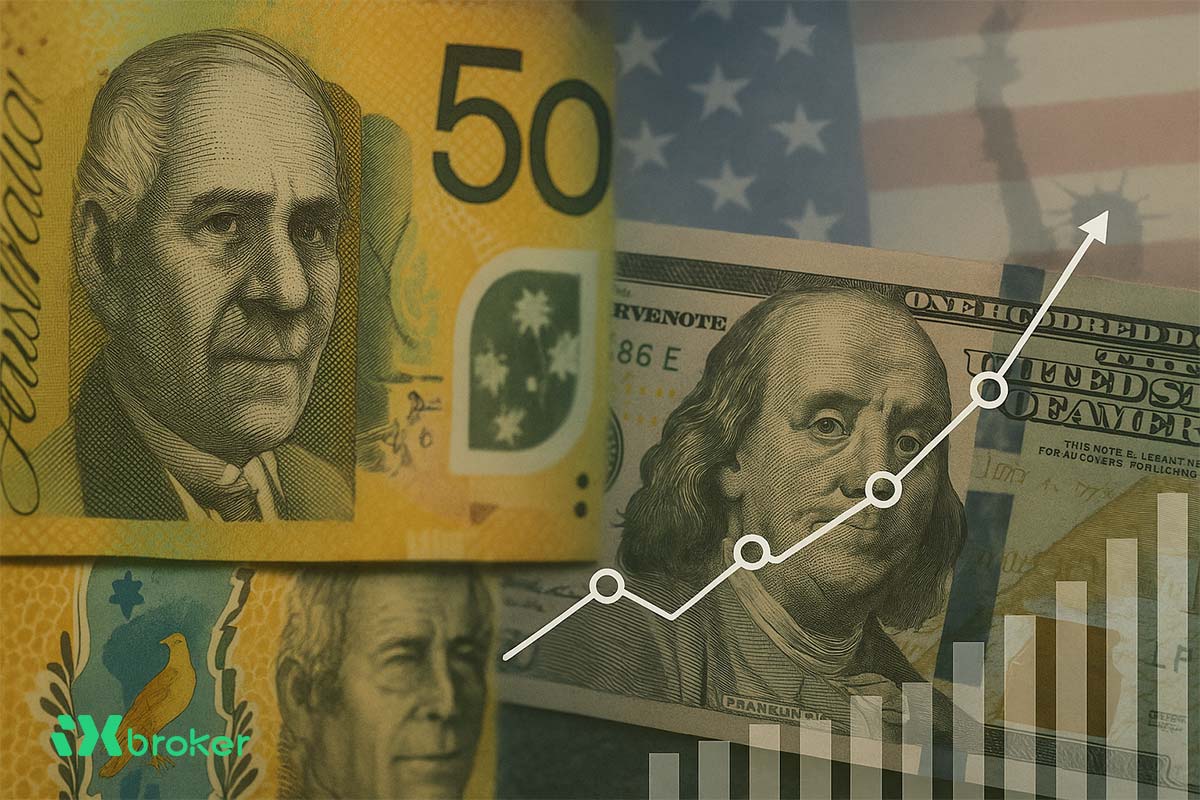The Australian Dollar (AUD) trims intraday losses but still trades weaker against the US Dollar (USD) on Tuesday, following a soft performance in the previous session. The AUD/USD pair stayed subdued after the Reserve Bank of Australia (RBA) released the Minutes from its November policy meeting.
The Minutes showed that policymakers have shifted toward a more balanced stance, noting that the cash rate could remain unchanged for an extended period if incoming data proves stronger than expected.
Still, the AUD finds some support from robust domestic labor market data, which reinforces expectations that the RBA will maintain a cautious approach. As of November 14, ASX 30-Day Interbank Cash Rate Futures for December 2025 were trading at 96.41, pricing in only a 6% chance of a rate cut to 3.35% from 3.60% at the upcoming meeting.
US Dollar moves little despite diminishing Fed rate cut likelihood
The US Dollar Index (DXY)—which tracks the USD against six major currencies—is edging lower near 99.50 as traders prepare for a wave of delayed US economic data now that the government has reopened.
The CME FedWatch Tool shows markets pricing a 43% probability of a 25 bps rate cut in December, down from 62% a week earlier. Fed Vice Chair Philip Jefferson said Monday that labor-market risks now outweigh inflation concerns and emphasized a cautious, gradual approach to any further rate reductions.
Fed Governor Christopher Waller echoed a dovish tone, stating that policymakers should cut rates at the December meeting, citing slowing hiring and concerns about labor-market softness. Meanwhile, Kansas City Fed President Jeffrey Schmid argued that current policy remains “modestly restrictive” and appropriate to curb demand.
National Economic Council Director Kevin Hassett warned that some October data may “never materialize” due to collection disruptions during the shutdown, while early private-sector indicators point to cooling labor conditions and fragile consumer confidence.
Fresh US labor readings have added to expectations of Fed easing. ADP data on Tuesday showed average weekly job losses of 11,250 in the four weeks to October 25. Separately, Challenger, Gray & Christmas reported that US employers cut 153,074 jobs in October—well above the 55,597 cuts in October 2024.
In geopolitical and trade developments, Reuters reported Sunday that US Treasury Secretary Scott Bessent expects a rare earths agreement with China to be finalized by Thanksgiving, expressing confidence in Beijing’s commitments following talks between President Trump and President Xi in Korea.
From the RBA’s side, Deputy Governor Andrew Hauser reiterated last week that monetary policy remains restrictive, though the committee continues to debate this stance. He noted that if policy is no longer mildly restrictive, it would have significant implications for the path ahead.
Australia’s labor market continues to show resilience. The unemployment rate fell to 4.3% in October from 4.5% in September, beating expectations. Employment surged by 42.2K, well above the 20K forecast, driven by a strong 55.3K rise in full-time positions. Part-time employment dropped by 13.1K, while the participation rate held steady at 67%.
Australian dollar moves below 0.6500 near lower rectangle boundary
AUD/USD trades around 0.6490 on Tuesday, with the daily chart showing the pair consolidating within a rectangular range—a sign of ongoing sideways price action. The pair remains below the nine-day Exponential Moving Average (EMA), indicating weakening momentum.
On the downside, initial support is located near the rectangle’s lower boundary at 0.6470, followed by the five-month low at 0.6414, set on August 21.
A move higher would bring the nine-day EMA at 0.6514 into focus as immediate resistance. A sustained break above this level would strengthen short-term momentum and open the door for a retest of the rectangle’s upper boundary near 0.6630.



